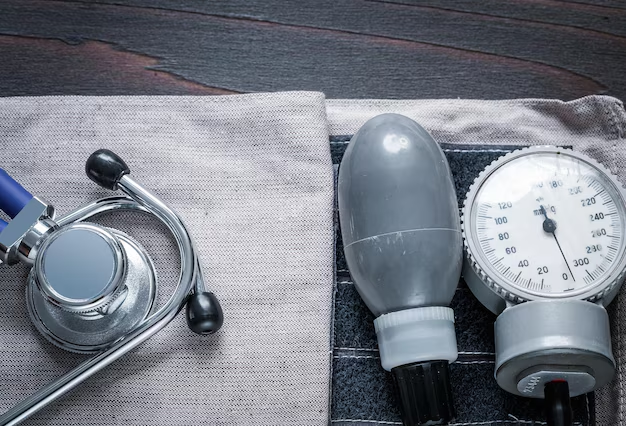Deciphering Orthostatic Hypertension: What You Need to Know
Experiencing a sudden spike in blood pressure every time you stand up can be perplexing and worrisome. This phenomenon, known as orthostatic hypertension, is a condition where blood pressure increases rather than decreases upon standing. Understanding its causes can illuminate the path to managing it effectively.
Causes of Orthostatic Hypertension
Autonomic Nervous System Dysfunction: The autonomic nervous system controls involuntary functions of the body, including blood pressure regulation. An imbalance or dysfunction in this system can cause blood pressure to rise abnormally when changing positions.
Sympathetic Overactivity: The sympathetic nervous system may overreact, increasing heart rate and narrowing blood vessels unnecessarily upon standing, leading to elevated blood pressure.
Volume Depletion and Dehydration: Lack of adequate fluid volume in the body might cause reflexive blood pressure increases in an attempt to maintain circulation to vital organs when standing up.
Medication Effects: Some medications, including certain antidepressants, steroids, and over-the-counter drugs, can affect blood pressure regulation, leading to orthostatic hypertension as a side effect.
Hormonal Issues: Disorders affecting hormone levels, such as hyperaldosteronism, can result in excess sodium retention and increased blood pressure upon standing.
Age-related Changes: As we age, sensitivity of baroreceptors (blood pressure sensors) decreases, which can impair the body's ability to regulate blood pressure during postural changes.
Understanding these causative factors is essential for devising appropriate management strategies to alleviate symptoms.
Managing Orthostatic Hypertension
If you're grappling with orthostatic hypertension, consulting a healthcare professional is crucial for personalized advice. Typical strategies may include:
Adjustments in Medication: Under medical guidance, reviewing and potentially altering medication regimens can help manage blood pressure levels.
Lifestyle Modifications: Increasing salt and fluid intake upon advice, regular moderate exercise, and careful postural changes can mitigate symptoms.
Specialist Interventions: In some cases, interventions such as physical therapy or medications designed specifically to control blood pressure may be recommended.
Addressing orthostatic hypertension not only involves medical attention but also requires leveraging available resources for overall well-being. This naturally connects to broader issues many might face when dealing with medical conditions: financial constraint.
In the pursuit of health, financial assistance programs provide a lifeline. From government aid and debt relief options to educational grants, these resources can help mitigate the burden of health-related expenses. Exploring these can make a significant difference not only in managing conditions like orthostatic hypertension but in ensuring access to required care and medication.
Here's a look at some practical financial support choices that can be beneficial to explore:
💸 Government Aid Programs: These can offer substantial assistance through Medicaid, Medicare, and other health-related supports. Ideal for covering costs related to medical treatment and medications.
🏥 Healthcare Credit Solutions: Options like medical credit cards can help manage health-related expenses by spreading payments over time.
📚 Educational Grants: For those pursuing careers in health sectors, these can reduce the financial burden of tuition, enabling them to contribute positively to healthcare.
💳 Debt Relief Options: Specialized relief programs or negotiable payment plans with creditors can alleviate financial stress, allowing focus on health.
🌍 Community Support Initiatives: Local organizations often provide support in the form of transportation services, discounted medical supplies, and free health clinics.
Navigating through medical challenges such as orthostatic hypertension is as much about understanding the condition as it is about accessing the help available to you. Being informed opens doors not only to better health care options but also to financial stability, ensuring a holistic approach to health and well-being.

Related Topics
- a 66 Year Old Female With a History Of Hypertension
- Are Eggs Bad For Hypertension
- Are Eggs Good For Hypertension
- Are Endocrine Disorders Causing Hypertension Rare
- Can Adderall Cause Hypertension
- Can Alcohol Cause Hypertension
- Can Allergies Cause Hypertension
- Can Anemci People Get Hypertension
- Can Anemia Cause Hypertension
- Can Antibiotics Cause Hypertension